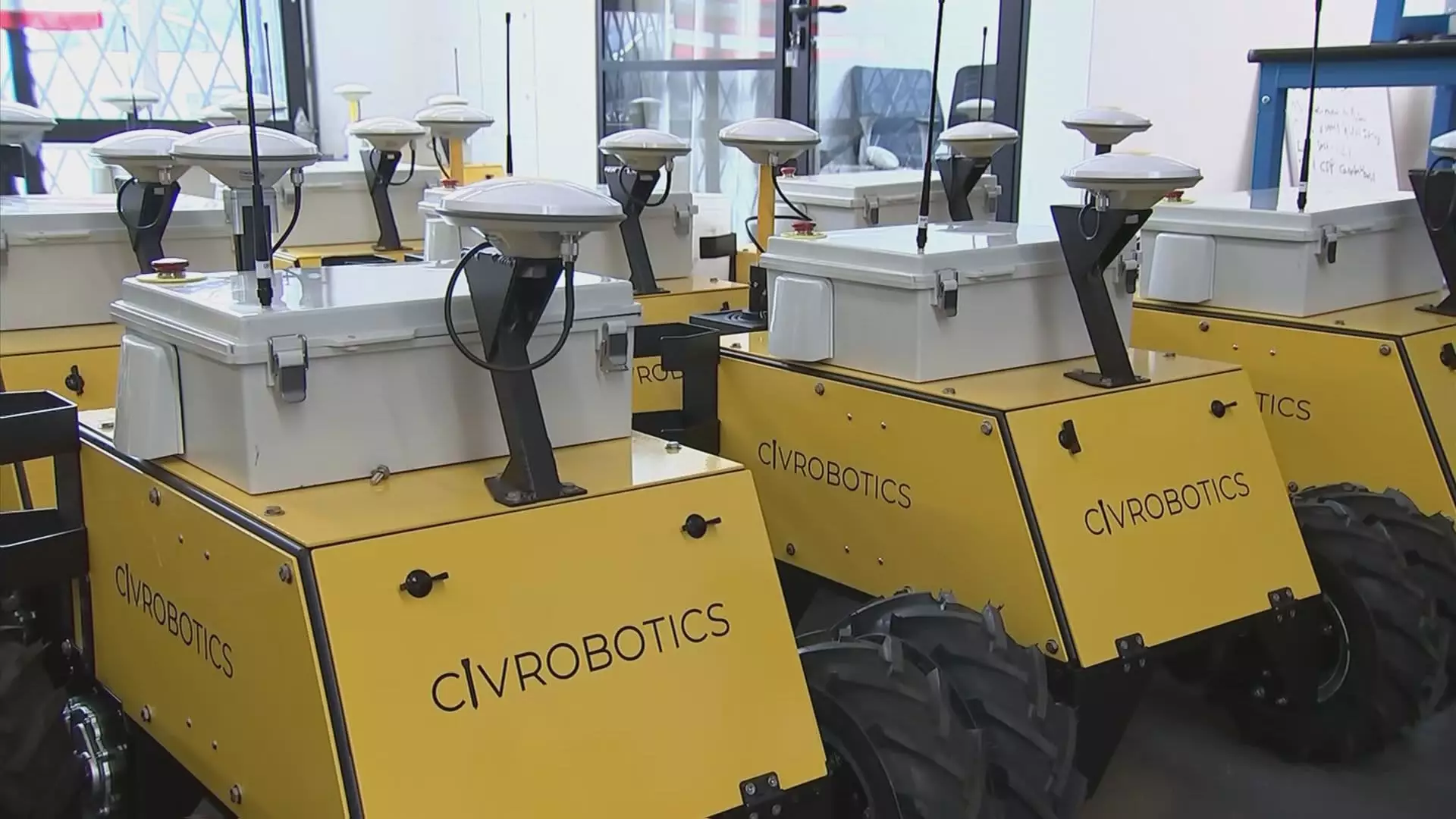The renewable energy sector is undergoing a seismic shift, not just from technological advancements but from a fundamental change in how projects are executed on the ground. Historically, large-scale solar farms and other green energy projects relied heavily on manual labor and traditional surveying methods. These methods, although proven, are labor-intensive, time-consuming, and susceptible to human error, especially in challenging terrains. As government support wanes, industry leaders and private firms are increasingly turning to cutting-edge robotics to fill the void. This strategic pivot is not only about cost-cutting but also about improving precision, safety, and overall project timelines.
The deployment of autonomous surveying robots like CivDot signals a broader trend: digital and robotic tools are becoming indispensable for infrastructure projects. These machines can meticulously perform tasks that once required teams of skilled engineers, dramatically reshaping the labor market and project planning paradigms. A robot capable of marking thousands of points in rugged landscapes within a fraction of the time previously needed stands as a testament to how automation is redefining what is possible. Yet, this transition also raises questions about the long-term implications for local employment and industry standards.
The Promises and Pitfalls of Robotic Implementation
While the benefits of integrating robotics into renewable energy construction are clear—heightened accuracy, reduced labor costs, and faster project completion—they are not without significant challenges. The reality is that these machines excel under specific conditions and terrains. For example, CivDot’s navigation system can handle uneven desert terrains and rugged landscapes with remarkable precision, but this technology might be less effective in dense forests or urban environments. Therefore, reliance on such automation doesn’t equate to a blanket solution but rather a tool optimized for particular contexts.
Moreover, the cost-benefit analysis is complex. Although the robots promise substantial labor and time savings—potentially quadrupling productivity—they require significant upfront investment, including procurement, maintenance, and training. Battery replacements, tire replacements to navigate difficult terrain, and software updates are ongoing expenses that can diminish some of the initial savings. Also, automation is a double-edged sword; while it reduces the need for manual labor, it simultaneously threatens traditional skilled positions. This shift could engender resistance among labor advocates and local communities wary of job displacement, even as industry advocates champion efficiency.
Furthermore, the technological arms race among robotics firms influences the market dynamics. Civ Robotics, backed by prominent venture capital, has a competitive edge in rugged terrain capabilities, but emerging rivals focusing on highway or sports field environments may struggle to match its terrain-adaptive features. This technological exclusivity could lead to a form of monopoly or at least a de facto standard that marginalizes traditional surveying firms and uncompetitive regional markets.
The Future of Construction: Efficiency versus Ethical and Economic Concerns
Looking ahead, the embrace of robotics in renewable project construction symbolizes a broader trend toward automation in traditionally human-dominated industries. While this certainly accelerates project delivery and reduces costs, it also raises ethical and economic questions that are not yet adequately addressed. For instance, what happens to the skilled surveyors and construction workers who have depended on these jobs? Will the industry develop a niche for specialized robot maintenance and operation, or will it spearhead a more significant displacement?
Advocates might argue that automation makes projects more competitive globally, fostering innovation and opening up new opportunities for rapid deployment of renewable infrastructure. Yet, skeptics warn that an overreliance on robots could degrade the quality of employment and erode regional economic diversity. Additionally, as the technology advances and becomes more widespread, there’s a risk that small players and local contractors may be priced out of the market, favoring large corporations with the capital to invest in robotic systems.
Despite these concerns, the logic of progress is compelling: whatever the social fallout, the shift toward automation in renewable construction is inevitable. It offers a way to bridge the increasing demand for green infrastructure with the realities of rising project complexity and terrain challenges. The challenge for industry and policymakers lies in balancing innovation with social responsibility—embracing the crucial efficiencies that robotics bring while mitigating the adverse effects on employment and industry diversity.

